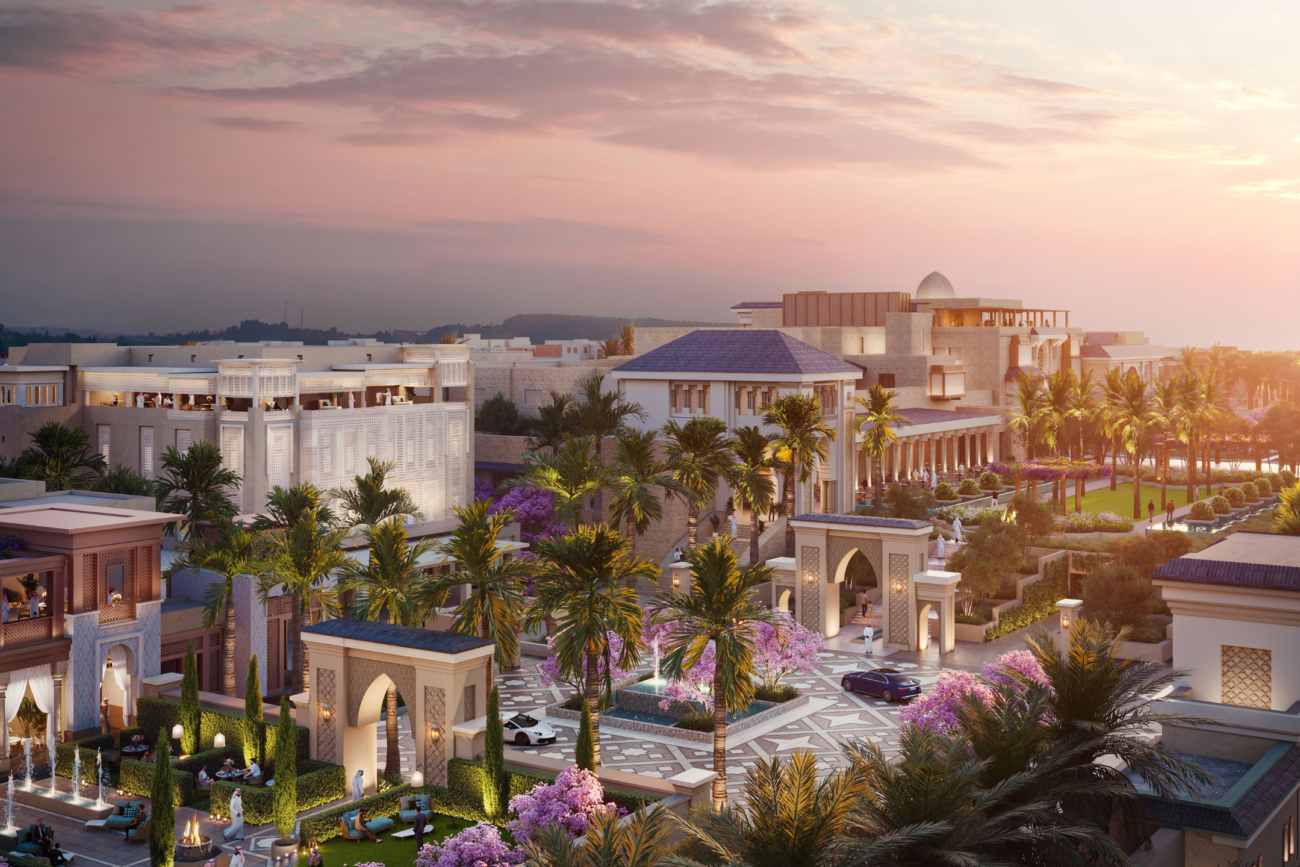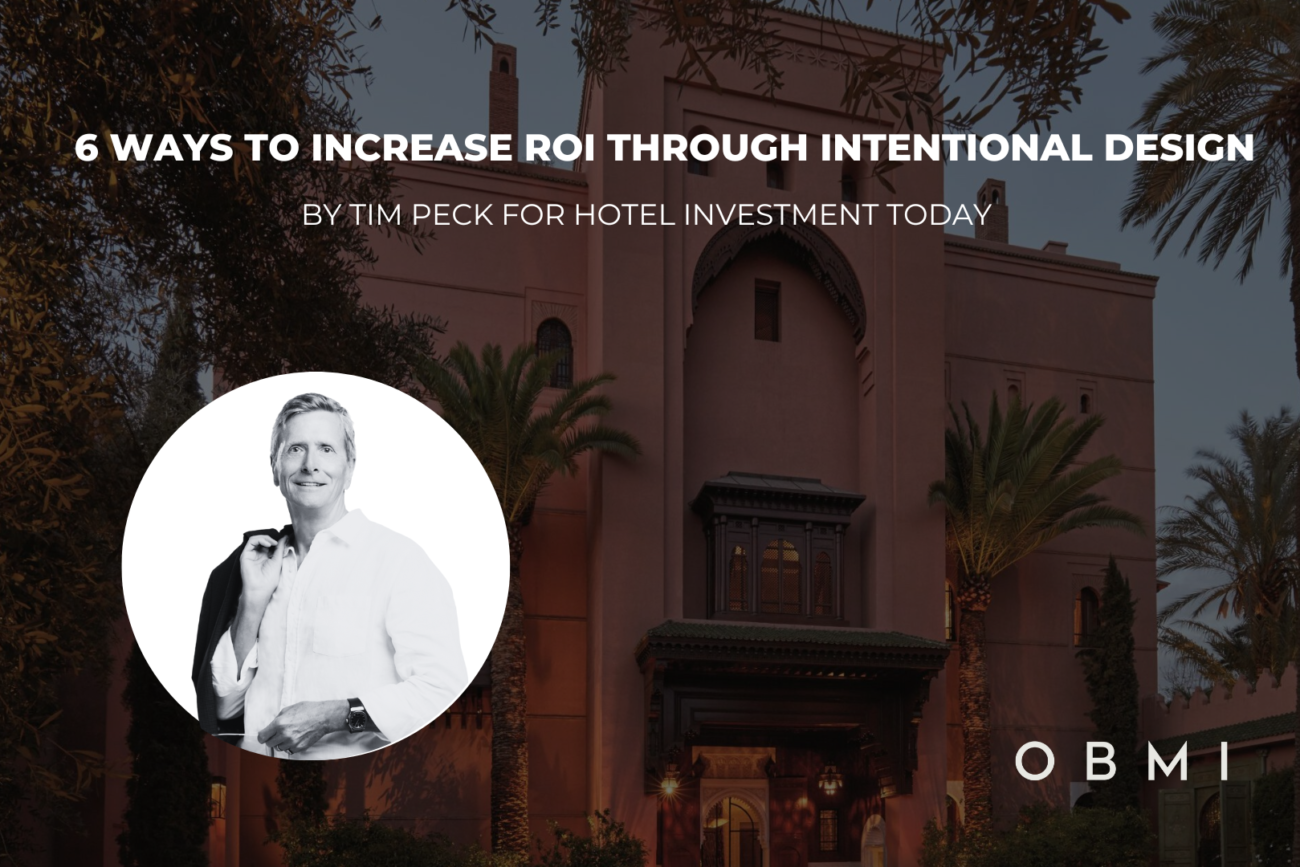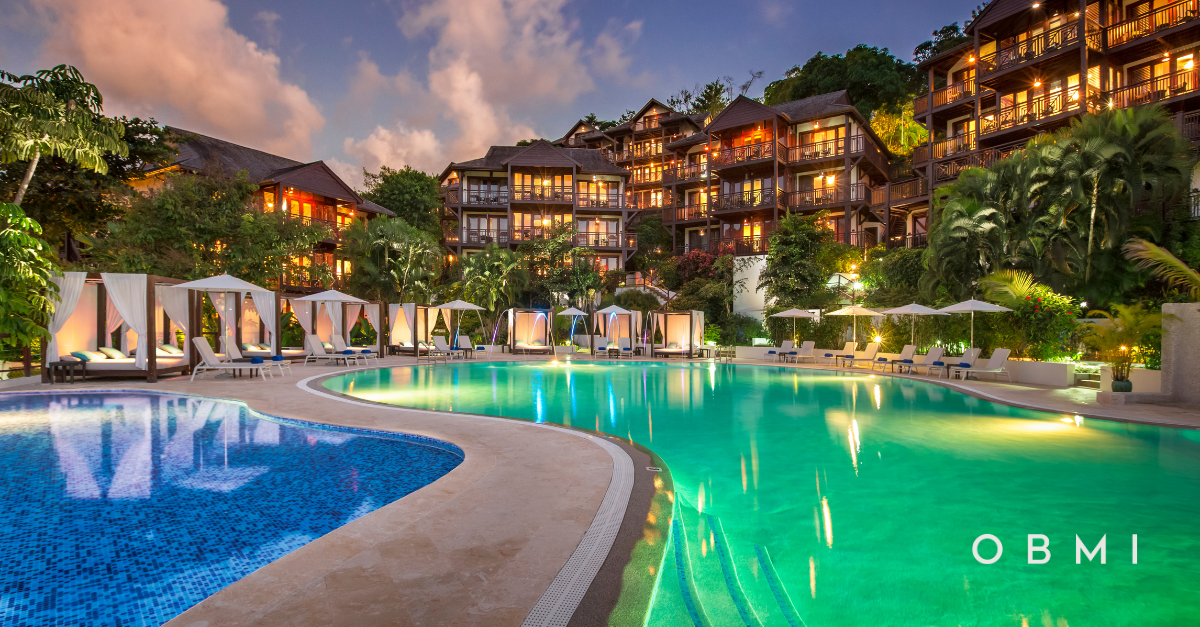You see it listed online: a seven-acre island off the coast of Belize, surrounded by clear blue water and striking distance from an untouched barrier reef. Price: 492,000 pounds, or around $760,000. “You couldn’t buy a 1 bedroom in Williamsburg for that price,” you say to yourself and after a few clicks and a phone call, you’re the proud owner of a tropical haven 12 miles from the resort town of San Pedro (immortalized by Madonna’s La Isla Bonita).
So… what next?
There’s probably no plumbing on your new island. There may not even be a house. Or structures at all. You need help.
This is when you call someone like Doug Kulig, the chief executive officer of Miami-based architecture firm and developer OBMI. He has designed and built a 23,500-square-foot estate on a secluded tip of the British Virgin Islands, a hillside area on the southwest coast of Antigua and other houses and resorts throughout the Caribbean. Kulig has years of experience building on remote islands and he helpfully laid out your next moves (in chronological order, no less) for Bloomberg.
1. Figure out the regulations
So glamorous already: “The island can have environmental concerns, usage concerns, you have to understand if you’re getting a clear title to the land,” says Kulig. “Only then do you figure out what the development rights are.” Hopefully you will have done this before purchase, but even so, the myriad approvals for regulations, restrictions, and processes, Kulig says, can easily take three to six months.
2. Figure out what you want to do with the island
This part is more fun, because it involves the least tough choices of all time: Will you want a main house and a few guest houses? Staff quarters? Do you want the house designed as an informal bungalow, with indoor/outdoor spaces, or do you want something more formal? “We talk about lifestyle,” Kulig says. “When are people going to use the island and how are they going to use it? It’s more than just whimsy. If you’re considering a wooden, beach-house type of structure, you want to consider storm impacts in the area,” says Kulig. “Do you want to design for a 25-year storm, or a 50-year storm, or even a 100-year storm?” The latter would involve a house made from concrete, which presents its own set of logistical hurdles.
You’ll also need to figure out how you want to get to the island. If you’re planning to fly into a nearby airport and take a shallow boat to the island, great. If you’re planning to glide in on your 200-foot mega-yacht, you’re going to have to build a different kind of infrastructure entirely. Same goes for laying down an airstrip. Kulig recommends proceeding with caution: “Come in with the notion that you’re going to respect the land as much as possible,” he says. “Of course, you can’t expect not to touch anything. Development by its very nature has an impact.”
3. Figure out how you’re going to stay alive on the island
Once you have a rough idea of how often you’ll be using the island and how many people will be with you, you’ll have to determine how you’re going to get water and electricity. Most of the time, Kulig says, maintaining a water supply entails a combination of water collection and reverse-osmosis facilities. “Water collection’s not a big deal,” he says. “You’re going to collect whatever’s available, and then let’s say you’ve got a small osmosis plant that’s slowly producing water all the time. Let’s say it makes 5,000 gallons a month and you visit only three times a year; you’ll have all the water you’d ever need.”
To power that energy-intensive reverse-osmosis facility, you’ll need solar panels and equipment to store that power (or run an underwater cable from the nearest power source) and to deal with water once you’ve used it, you’ll need some sort of waste water treatment/recycling facility (you presumably want your crystal-clear ocean to stay that way), which in turn requires even more energy.
Unsurprisingly, these facilities represent a significant upfront cost, although Kulig is hesitant to say how much (he estimates “low hundreds of thousands of dollars” for the water treatment and collection and because solar panels are getting so cheap, so fast, he doesn’t want to guess what it would cost a year down the line).
4. Figure out how you’re going to get everything out there
Luckily, this isn’t really up to you. It’s up to whichever local contractor you’ve hired to help organize construction. “We can’t just parachute in and know all the answers,” Kulig says. “We pair with local groups.” But if you’re trying to budget it out (see #5), you should try to get a general sense whether or not materials will be getting to the island via barge and if there’s isn’t an existent dock, a channel needs to be dredged before boats can reach the island. Another alternative is by plane. “We did huge projects in Haiti where there were no docks,” says Kulig. “We just landed planes on the beach and dragged the supplies off with a tractor.”
5. Make a budget
Kulig can’t give an estimate for how much it would cost to get an island up and running, he says. “It could be around $250 to $350 per square foot for a house in Belize,” he says. “But that’s just raw construction. It doesn’t include solar, or water, or docks, or landscape, or whether or not you’d want to pay for a five-ton air conditioning unit.” Could you build a reasonably comfortable, self-sustainable house for less than $1 million? “Absolutely not,” Kulig says.
6. Figure out how to make it pleasant
Back to the fun stuff: You’ve already got a rough sense of what your aesthetic is going to be (see #2), but you actually have to furnish it. In the city, a decorator is a luxury, but for a remote island, where you’ll have to determine which furniture weathers best, which fabrics are more prone to rot, and which finishes deal better with humidity, an interior architect or decorator is closer to a necessity. “People might bring in their design architect from New York to do the house and she might then call a local architect for help,” Kulig says.
6. Wait (and wait)
Because this is, after all, a remote island, everything takes longer. “Figure two to three years,” Kulig says. “People might promise you a shorter period, but that’s not taking into account that after you hire a contractor, they have to mobilize people and get their materials in order.”
7. Move in
It’s that simple. (After the years of logistics and millions of dollars, that’s is.)
For the best in travel, food, drinks, fashion, cars, and life, sign up for the Pursuits newsletter. Delivered weekly.






